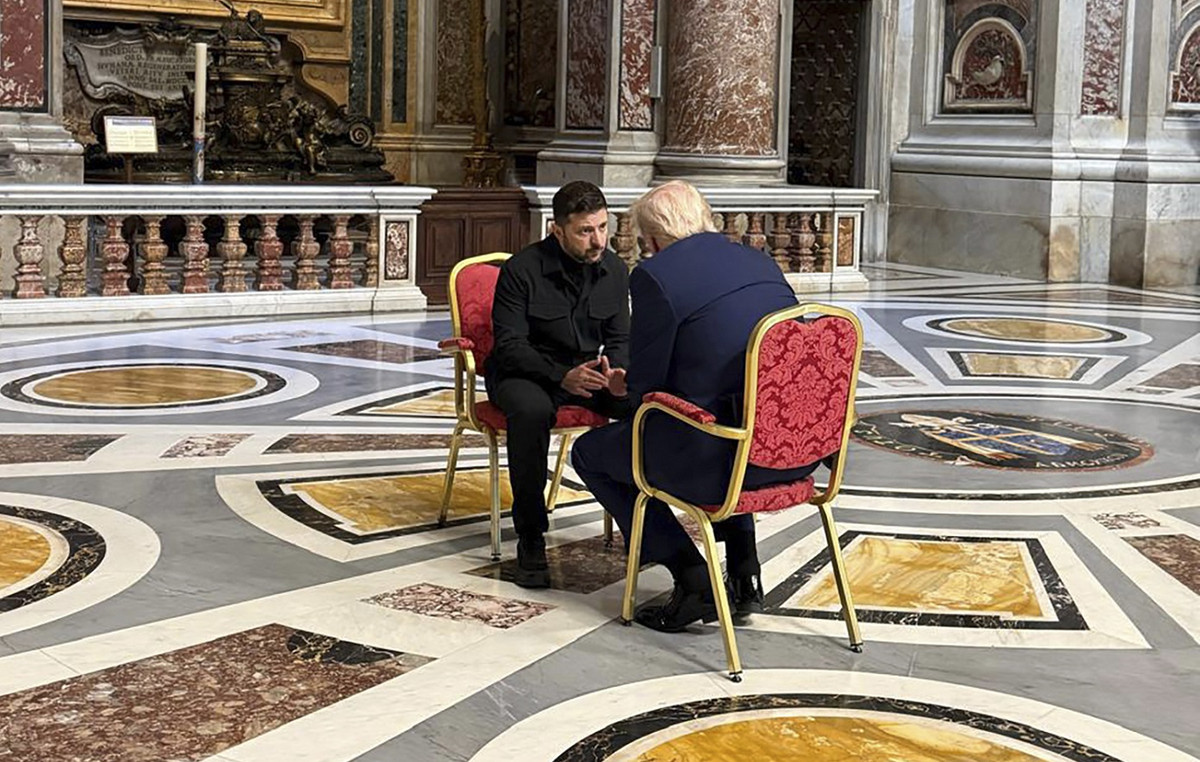With the advancement of technology, more and more electronic devices are part of our daily lives. However, with the end of its useful life, many people may wonder: how to dispose of electronic waste?
Also known as e-waste or WEEE (Waste Electrical and Electronic Equipment) the term encompasses any electronic appliance, from household appliances to computers, batteries and cell phones.
In 2021, Brazil was considered the fifth largest generator of electronic waste in the world. The information is from the survey Electronic waste in Brazil – 2021, released Green Electron non-profit manager of reverse logistics for electronics and batteries.
Whether because it has stopped working, is damaged or is no longer useful, such waste must be disposed of correctly so that the chemical components of the objects do not become harmful to the environment and human health.
As a way to solve this problem, some manufacturers and importers of electronics and household appliances have come together to manage the reverse logistics of these post-consumer products at a national level: ABREE (Brazilian Association for the Recycling of Electronic and Domestic Appliances).
By making available collection points throughout Brazil the association carries out a screening process to separate which products can or cannot be recycled.
Next, the objects are completely disassembled and their parts are separated, to gain a new use.
What products are considered electronic waste?
If you're still in doubt, don't worry! To facilitate the electronics recycling process, the products were divided into four categories, according to their size. Being them:
- White line: refrigerators and freezers, stoves, clothes and dishwashers, dryers, air conditioners;
- Brown Line : tube, plasma, LCD and LED monitors and televisions, DVD and VHS players, audio equipment, camcorders;
- Blue line: mixers, blenders, electric irons, drills, hair dryers, juicers, vacuum cleaners, coffee makers;
- Green Line: desktop computers and laptops, computer accessories, tablets and cell phones
How to carry out the correct disposal process?
According to information from ABREE, some guidelines must be followed to correctly carry out disposal at collection points available throughout the national territory.
- Separate electronic products from other types of waste.
- Delete all data contained in products, such as photos, videos, contacts, among other personal data, paying special attention to computers, notebooks, cell phones and others.
- Products must be discarded whole, cleaned and unplugged.
To find the nearest collection point, simply click on the link and specify the size and type of the device.
Source: CNN Brasil
Charles Grill is a tech-savvy writer with over 3 years of experience in the field. He writes on a variety of technology-related topics and has a strong focus on the latest advancements in the industry. He is connected with several online news websites and is currently contributing to a technology-focused platform.







